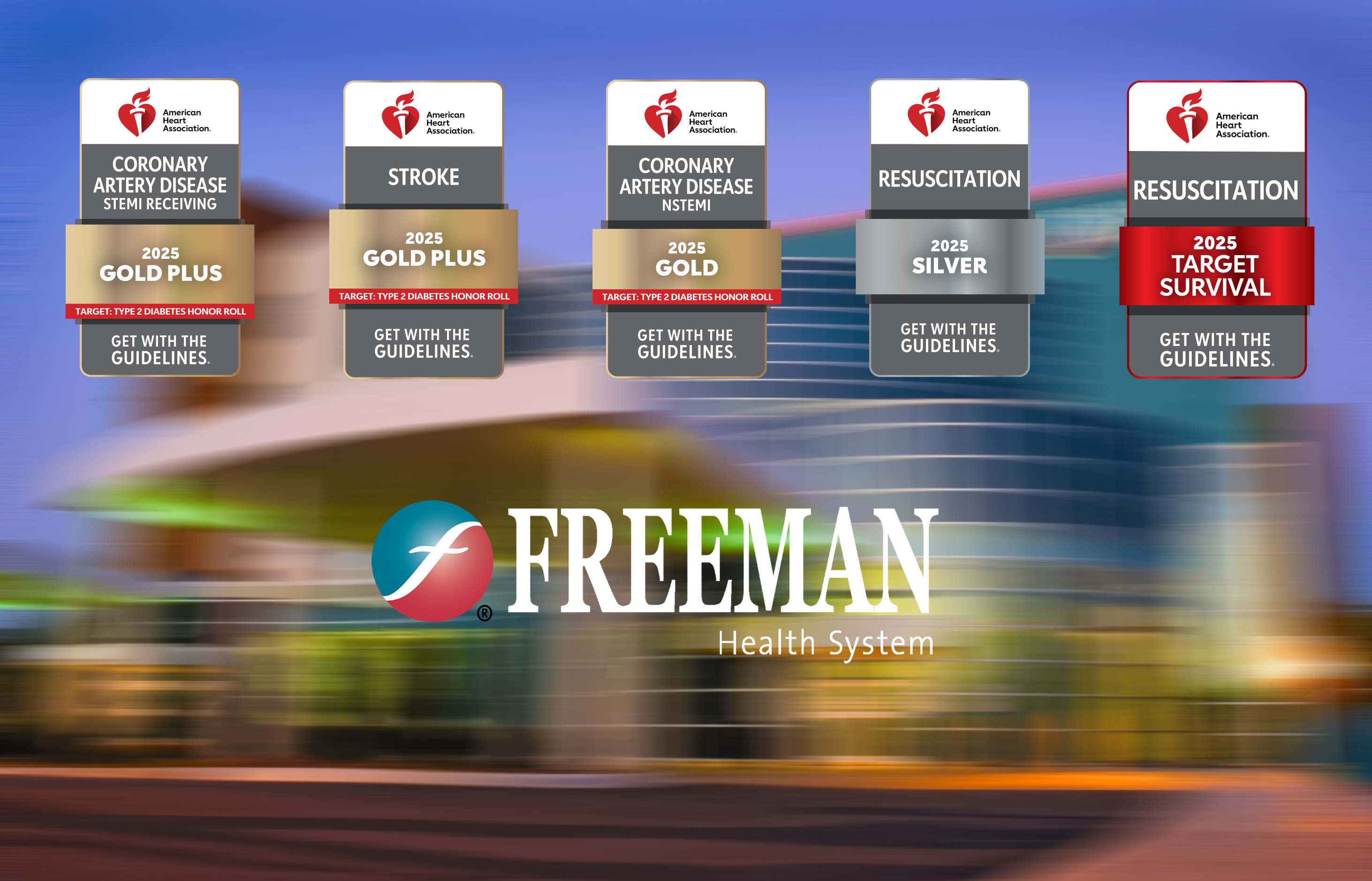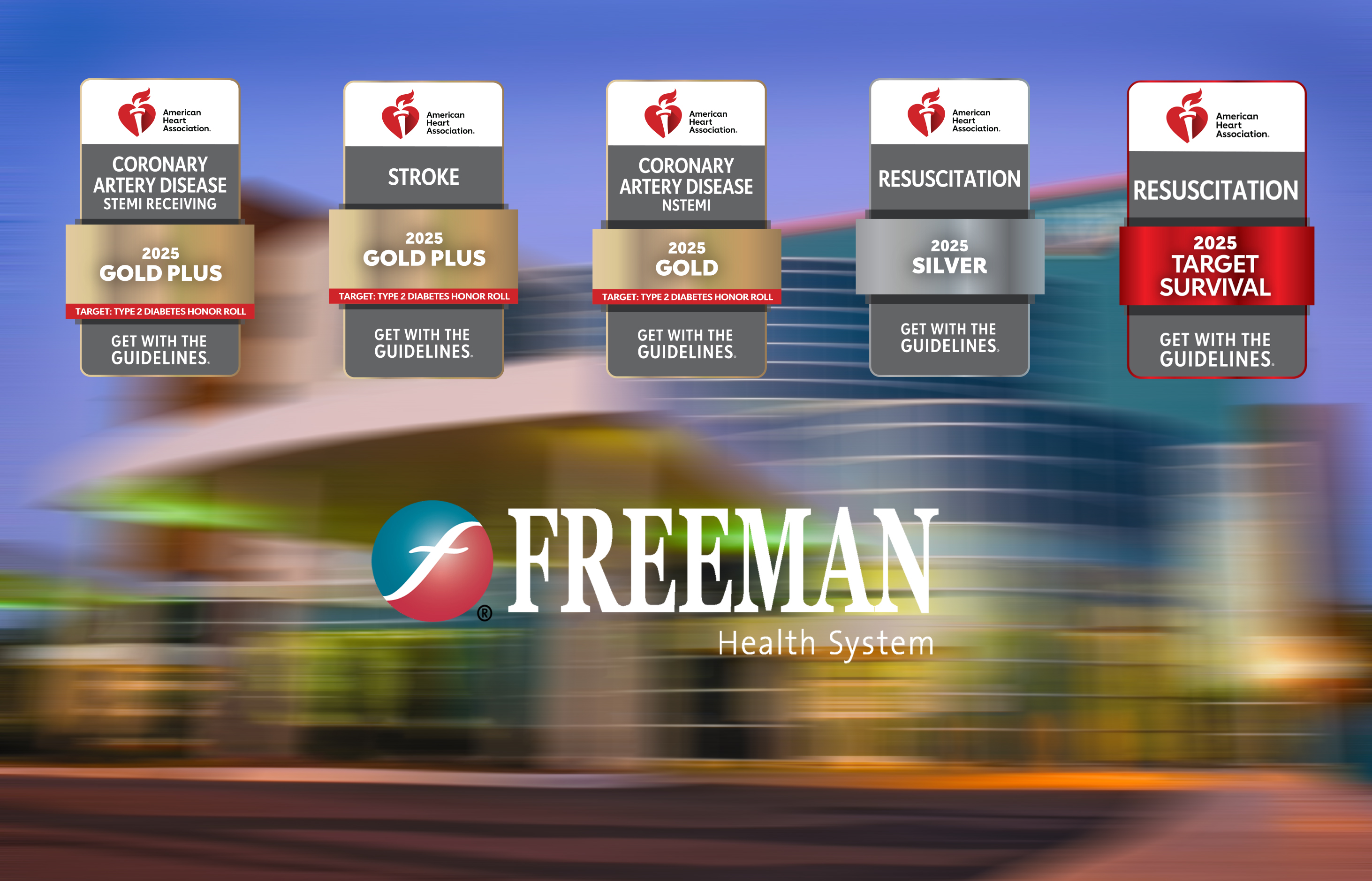Rural Health Care Outcomes Accelerator extended to 2028 – www.heart.org

Report on the Rural Health Care Outcomes Accelerator Extension
Executive Summary
The American Heart Association has announced a three-year funding extension, through June 2028, for its Rural Health Care Outcomes Accelerator initiative. This program is designed to mitigate significant health disparities faced by rural Americans, who exhibit a higher prevalence of cardiovascular disease and reduced life expectancy compared to urban counterparts. The initiative directly supports the achievement of several United Nations Sustainable Development Goals (SDGs), primarily focusing on improving health outcomes, reducing inequality, and fostering strategic partnerships.
Alignment with Sustainable Development Goals (SDGs)
The extension of the Accelerator initiative demonstrates a strong commitment to global development targets by addressing critical health and equity challenges within the United States.
SDG 3: Good Health and Well-being
The program makes a direct contribution to SDG 3 by targeting the reduction of premature mortality from non-communicable diseases (Target 3.4) and strengthening the capacity of national health systems (Target 3.d).
- It improves patient outcomes by promoting adherence to evidence-based guidelines for cardiovascular and stroke care in underserved rural hospitals.
- It enhances the capabilities of rural clinicians through specialized resources, data-driven strategies, and educational opportunities.
- The initiative supports progress toward universal health coverage (Target 3.8) by providing no-cost access to quality improvement programs, ensuring that geographic location does not determine health outcomes.
SDG 10: Reduced Inequalities
By focusing exclusively on rural communities, the initiative directly confronts the health inequalities highlighted between rural and urban populations, aligning with SDG 10 (Target 10.2).
- The program aims to close the gap in health outcomes, noting that rural Americans are 40% more likely to develop heart disease and have a 30% higher risk of stroke.
- It empowers rural healthcare facilities, which serve over 60 million people, by providing them with tools and support systems typically more accessible in urban centers.
SDG 17: Partnerships for the Goals
The Accelerator functions as a multi-stakeholder partnership, essential for achieving sustainable development as outlined in SDG 17 (Targets 17.16 and 17.17).
- It represents a large-scale collaboration between the American Heart Association and over 1,000 rural hospitals nationwide.
- The initiative facilitates knowledge-sharing and capacity-building through its peer-to-peer American Heart Association Rural Community Network and learning collaboratives.
Initiative Overview and Performance
Program Rationale
The initiative was launched in 2022 to address documented health disparities in rural America. Research indicates that rural populations experience:
- A 40% higher likelihood of developing heart disease.
- A 30% higher risk of stroke.
- An average life expectancy that is three years shorter than urban counterparts.
Key Achievements (2022-2025)
- 430 rural hospitals have enrolled in the Accelerator at no cost.
- Over 1,000 rural hospitals are now engaged in more than 1,500 Get With The Guidelines® programs.
- In 2025, over 650 rural hospitals received recognition awards, marking a nearly 30% increase from the previous year.
Scope of the 2025-2028 Extension
Continued Program Offerings
The extended initiative will continue to provide rural hospitals with no-cost enrollment and comprehensive support for the Get With The Guidelines® quality improvement programs. Federally designated Critical Access Hospitals will receive access to all five programs, while other rural hospitals will have access to the primary three.
- Coronary Artery Disease
- Heart Failure
- Stroke
- Atrial Fibrillation (for Critical Access Hospitals)
- Resuscitation (for Critical Access Hospitals)
Program Enhancements
The three-year extension includes several enhancements to further support participating hospitals:
- Assignment of dedicated quality program consultants to assist with data completeness and validation.
- Continuation of learning collaboratives and quality improvement workgroups tailored for rural clinicians.
- Upgrades to the Rural Get With The Guidelines registry and reporting tools to align with current scientific evidence.
- Launch of the Rural Accelerator Quality Improvement Challenge Scholarship to support the dissemination of model practices at national conferences.
Analysis of SDGs, Targets, and Indicators
1. Which SDGs are addressed or connected to the issues highlighted in the article?
The article primarily addresses issues related to the following Sustainable Development Goals (SDGs):
- SDG 3: Good Health and Well-being: The core focus of the article is on improving health outcomes, specifically related to cardiovascular diseases like heart disease and stroke, in rural American communities. The American Heart Association’s initiative directly aims to enhance the quality of healthcare and reduce mortality from these non-communicable diseases.
- SDG 10: Reduced Inequalities: The article explicitly highlights the health disparities between rural and urban populations. It states that “rural Americans are at 30% higher risk of stroke, are 40% more likely to develop heart disease and live an average of three years fewer than their urban counterparts.” The initiative’s goal is to “close the gap between rural and urban health outcomes,” directly addressing inequality based on geographic location.
- SDG 17: Partnerships for the Goals: The article describes a multi-stakeholder partnership. The American Heart Association, a civil society organization, is collaborating with over 1,000 rural hospitals to achieve its goals. The “Rural Health Care Outcomes Accelerator” initiative is built on sharing knowledge, resources, and expertise through a “peer-to-peer American Heart Association Rural Community Network” and “learning collaboratives” to improve healthcare quality.
2. What specific targets under those SDGs can be identified based on the article’s content?
Based on the article, the following specific targets can be identified:
- Under SDG 3 (Good Health and Well-being):
- Target 3.4: “By 2030, reduce by one-third premature mortality from non-communicable diseases through prevention and treatment and promote mental health and well-being.” The initiative focuses on improving care for coronary artery disease, heart failure, and stroke, which are major non-communicable diseases. The goal of “improving patient outcomes” and promoting “consistent adherence to the latest research-driven guidelines” directly contributes to reducing premature mortality from these conditions.
- Target 3.8: “Achieve universal health coverage, including… access to quality essential health-care services…” The article emphasizes that “rural hospitals are vital points of access to health care for over 60 million people.” By providing resources, education, and data-driven strategies to these hospitals, the initiative aims to enhance the *quality* of essential healthcare services available to rural populations.
- Under SDG 10 (Reduced Inequalities):
- Target 10.2: “By 2030, empower and promote the social, economic and political inclusion of all, irrespective of… or other status.” In this context, the “other status” is geographic location (rural vs. urban). The program directly targets the health inequality faced by rural communities by providing them with no-cost access to quality improvement programs and resources, aiming to ensure they are not left behind in health outcomes.
- Under SDG 17 (Partnerships for the Goals):
- Target 17.17: “Encourage and promote effective public, public-private and civil society partnerships…” The initiative is a clear example of a civil society partnership, where the American Heart Association collaborates with a network of rural hospitals. The article highlights the structure of this partnership, which includes providing “no-cost enrollment opportunities,” “dedicated American Heart Association Quality Program Consultants,” and a “Rural Community Network” to achieve shared health goals.
3. Are there any indicators mentioned or implied in the article that can be used to measure progress towards the identified targets?
Yes, the article mentions and implies several indicators that can be used to measure progress:
- For Target 3.4:
- Adherence to Clinical Guidelines: The article’s central program, “Get With The Guidelines®,” is designed to promote “consistent adherence to the latest research-driven guidelines and measurement.” The rate of adherence within participating hospitals is a direct indicator of improved treatment processes, which is a precursor to reducing mortality.
- Patient Outcomes: The stated goal is “improving patient outcomes.” While specific outcome metrics aren’t detailed, progress would be measured by reduced mortality and morbidity rates from heart disease and stroke in the participating rural communities.
- For Target 10.2:
- Reduction in Health Disparity Metrics: The article establishes a baseline for inequality with statistics like “30% higher risk of stroke” and “40% more likely to develop heart disease” for rural Americans. A key indicator of progress would be the reduction of this gap in health outcomes between rural and urban populations over time.
- For Target 17.17:
- Number of Participating Partners: The article provides clear quantitative indicators of the partnership’s scale and growth. It states, “430 rural hospitals have enrolled in the Accelerator at no cost, making a total of more than 1,000 rural hospitals engaged.” This number serves as a direct measure of the partnership’s reach.
- Engagement and Recognition: The article notes that “more than 650 rural hospitals earned recognition awards through the program, a nearly 30% increase over the previous year.” This increase in recognized hospitals is a strong indicator of the partnership’s effectiveness and the active engagement of its members.
4. Summary Table of SDGs, Targets, and Indicators
| SDGs | Targets | Indicators |
|---|---|---|
| SDG 3: Good Health and Well-being | 3.4: Reduce premature mortality from non-communicable diseases (NCDs).
3.8: Achieve universal health coverage, including access to quality essential health-care services. |
|
| SDG 10: Reduced Inequalities | 10.2: Promote the inclusion of all, irrespective of status (in this case, geographic location). |
|
| SDG 17: Partnerships for the Goals | 17.17: Encourage and promote effective civil society partnerships. |
|
Source: newsroom.heart.org

What is Your Reaction?
 Like
0
Like
0
 Dislike
0
Dislike
0
 Love
0
Love
0
 Funny
0
Funny
0
 Angry
0
Angry
0
 Sad
0
Sad
0
 Wow
0
Wow
0














































.jpg.webp?itok=0ZsAnae9#)







:focal(1500,1000)/https://media.globalcitizen.org/a6/9a/a69a4720-d8a1-4715-b596-18738d03c05c/rotary_polio_hero_image.jpg?#)

/countries/sri-lanka/photo-credit---dmc-sri-lanka.tmb-1200v.jpg?sfvrsn=dc298bcc_1#)



















